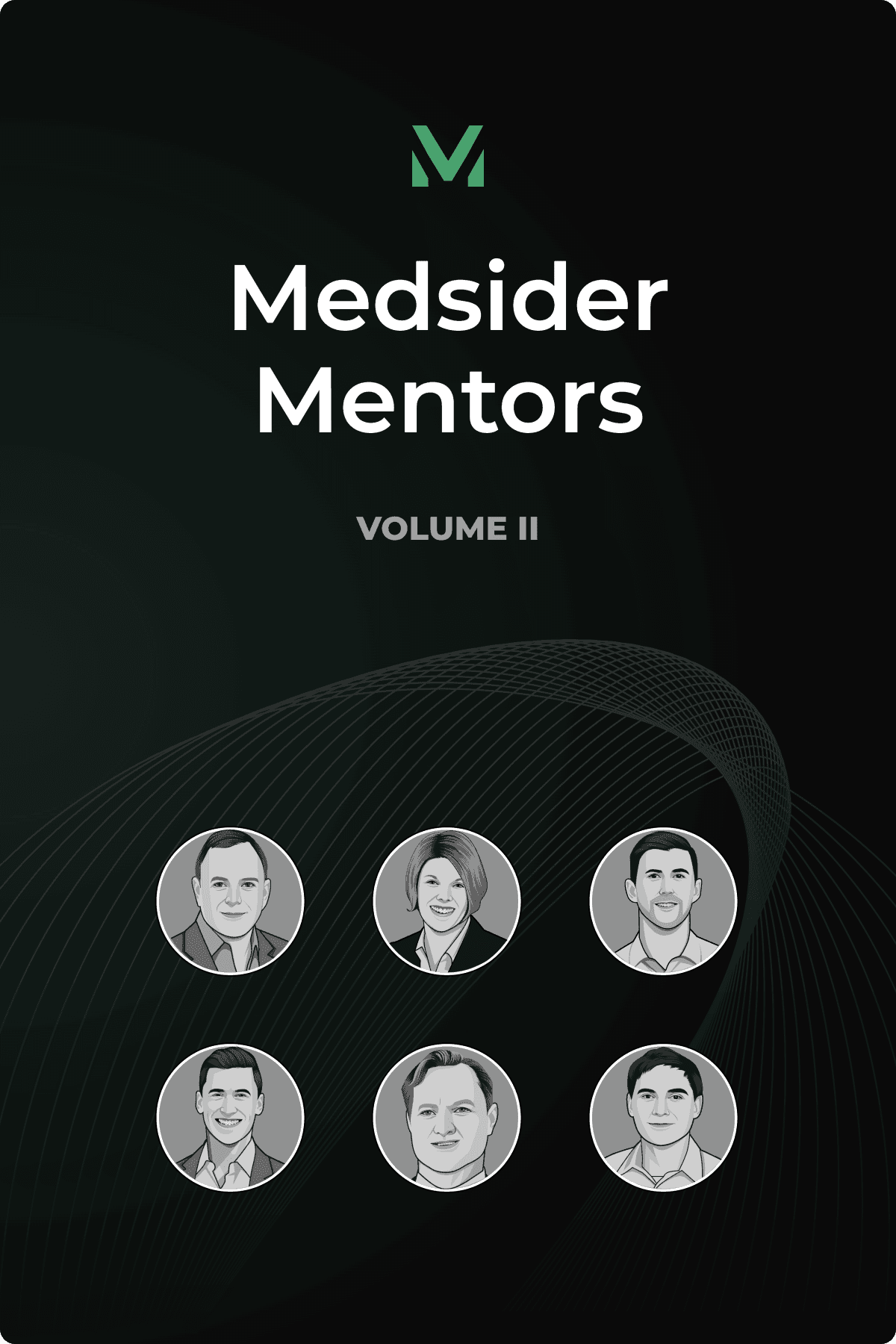Are Medical Device Models the Key to Building a Lean Medtech Startup
Interview with Allison Rae

The lean startup movement has become increasingly popular within the tech community after the release of Eric Ries’ book in 2011.
Although I personally believe the lean startup methodology is brilliant, some aspects are difficult to apply to the medtech space. For example, it costs significantly less money to iterate on a software idea in comparison to a medical device prototype.
However, medical device models could be a potential solution to this challenge. They are not nearly as expensive as you would think. And it’s much more efficient to make changes to a model vs. an actual prototype.
In this interview with Allison Rae, Principal at Pulse Research and Development, we learn how to best utilize models throughout the entire medical device lifecycle from concept to commercialization.
Here’s What You Will Learn from Allison Rae
How medical device models can help “juice” the R&D development cycle.
The benefits of using medical device models for physician training and education.
Are medical device models more cost-effective than apps?
How medical device models make for a more compelling learning experience.
The “play-doh” effect: Using medical device models to create strong brands and memories.
Can medical device models be a key differentiator in the sales process?
What does it cost to produce a medical device model?
Why rapid prototyping and avoiding surprises are incredibly important concepts to master.
You May Like These Articles
Medsider Premium
Become a premium member and unlock access to exclusive Medsider benefits.



